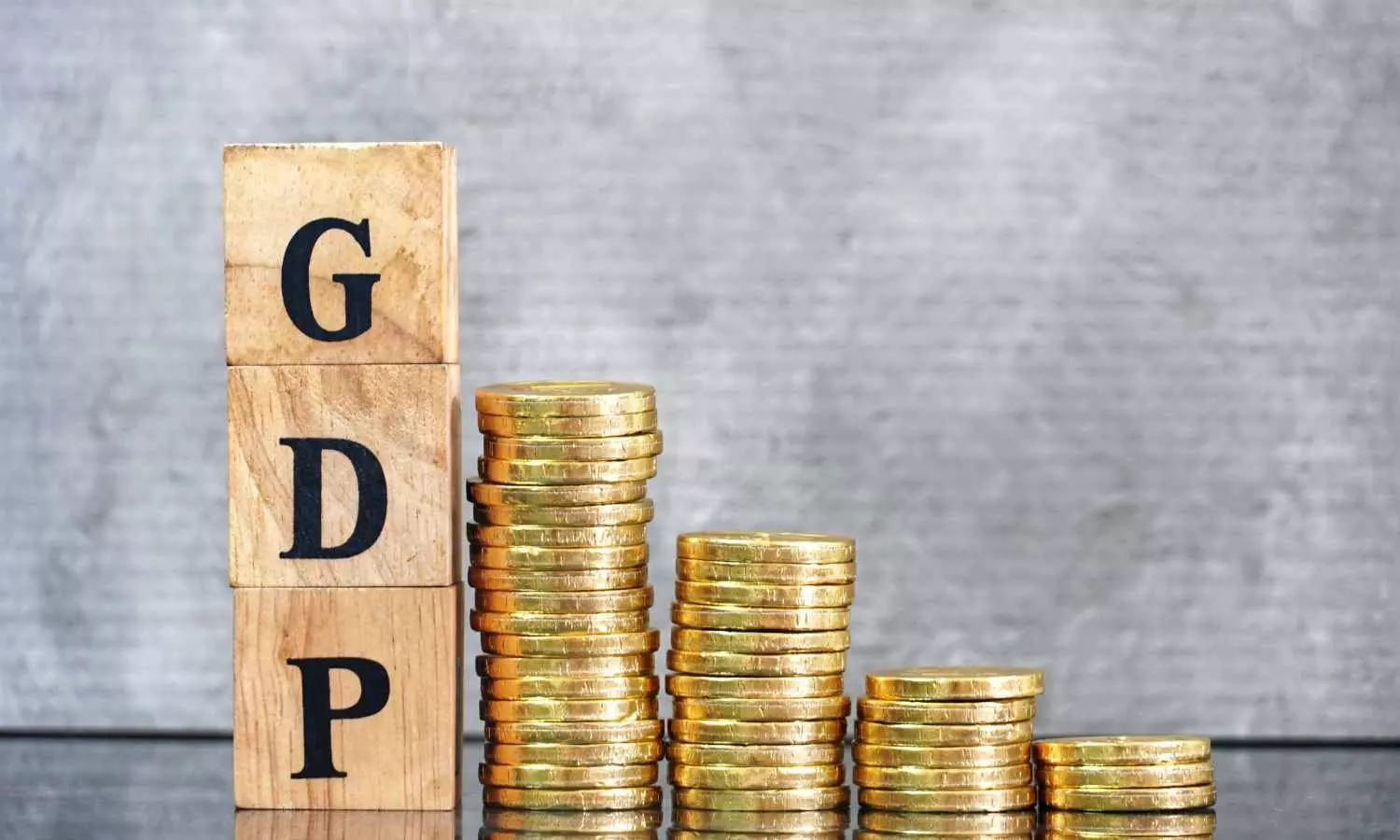Japan Economy Faces Slowdown: Exports Plunge, Growth Slips
Japan’s GDP falls 1.8% annualised in Q3 as trade pressures bite, yet domestic consumption offers slight support to economy.
image for illustrative purpose

The economy of Japan has shrunk in the quarter of July to September, as per the government data made public on Monday. The annualised GDP (gross domestic product) fell by 1.8%. The major factor for the decrease was a drop in exports, which have already been struggling due to the tariffs imposed by the U.S. government during the Trump era.
The Cabinet Office released data showing a 0.4% dip in Japan's GDP on a quarterly basis, the contraction being the first one in six quarters. Analysts had predicted a more drastic decline of 0.6%, thereby inferring the slowdown was not so bad after all. The annualised GDP numbers indicate what growth would be if the same quarterly trend were to continue for a full year.
The drop in Japan's foreign trade was dramatic. Goods and service exports reduced by 1.2% as compared to the previous quarter, after a substantial gain of 2.3% in April-June. According to CNBC, the net exports on their own cut the GDP by 0.2 percentage points.
Some companies had pushed forward their shipments early in the year to evade U.S. tariffs, resulting in a temporary boost in the export numbers. However, Japan's exports were on a downward trend and had shrunk for four consecutive months ending in May, followed by a tiny recovery in September. Exports for Q3 were down by 4.5% on an annualised basis while imports had just a slight decrease of 0.1%.
The household and government consumption were the crucial areas that supported the economy. The private consumption increased by 0.1% quarter-on-quarter, while public spending increased by 0.5%, hence, adding 0.1 percentage point to GDP. The economists are of the view that domestic demand is still a major stabilizing factor amid the external trade pressure.
Japan's sectors depending on exports, including the auto industry giants like Toyota, were affected the most. However, over time, many of the manufacturers have moved their production facilities to other countries so as to avoid the tariff impact. In July, Tokyo concluded a trade agreement with Washington that cut the tax on Japanese products from 25% to 15%, starting from August 7, 2025.
Unpredictability in politics was a characteristic of recent months until the appointment of Prime Minister Sanae Takaichi in October. Experts argue that both trade and domestic policy will define the course of Japan’s economy in the coming quarters.
Due to the slight easing of global trade tensions and the consistent domestic consumption, economists have the view that Japan's economy might become stable in the next quarter. Nonetheless, external factors, particularly, the U.S. trade policy are still very important.

